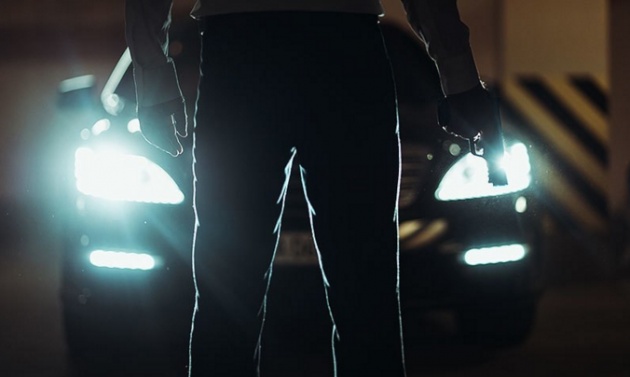
An express kidnapping is when the victim is abducted and forced to withdraw their own ransom from an ATM or bank. One method is when the kidnapper accompanies the victim to the bank and has them withdraw cash at the counter by presenting a cheque.
This is not a preferred way as the kidnapper is vulnerable to being captured on the spot by the bank security or then, at the very least being identified during a post-fact investigation.
The second and more common form is to abduct an individual and just before midnight, force them to withdraw their cash limit available on credit and debit cards. The victim is then forced to withdraw further amounts from the ATM after midnight as the daily transaction cycle is reset.
The victim could be driven around either in their own vehicle or that of the kidnappers.
It is important to be safe when you are on the move, because that is when it usually happens.
This form of kidnapping is common to urban areas due to the presence of a large number of ATMs in a small area.
Victims in these scenarios generally are deprived of all their belongings and at times their vehicle too. An express kidnapping could become a long-term kidnapping if the kidnappers realise that the individual’s worth is far more than they may have initially thought or had planned on obtaining.
The victims could be asked to have family members bring over more money but that is not the norm.
How to reduce the risk of becoming a victim:
Victims of such incidents are mostly those who are commuting. Therefore, it is advisable to always take precautions while on the move:
— Lock your car doors and keep the windows rolled up.
— If on a motorcycle then place a bag on the rear part of the seat to prevent someone from jumping on board (pillion rider).
— Remain alert to people loitering around your vehicle if it is parked.
— If you stop at a signal and there are people hanging around, move away if you sense it is unusual (remember such crimes occur late at night to benefit from the date change transaction limits).
— Avoid talking on the phone while driving especially at signals (your phone could serve as an indication of your worth and also diverts your attention from your surroundings).
— Don’t give lifts to strangers. (Old folk, injury victims, law enforcement personnel, beggars could be disguises used by criminals to prey on their next victim).
— Carry the least number of cards on your person.
— Cards should also have the lowest daily withdrawal limits.
— Cards should be linked to accounts with the least amount of balance.
What to do once you are held hostage:
— Comply with what is asked of you and try to remain calm.
— If you can, try and memorise distinguishing features that can help you identify the kidnappers later.
— When using ATMs try to divert them to one where you know there’s a working CCTV camera.
— If you are capable of using the bank phone without detection then do so. Alternatively you may, again without detection if possible, unhook the phone and let it hang and talk in loud tones. (Bank helpline operators are generally provided guidelines on handling calls where a customer could be at risk).
— Entering the wrong pin and resulting in declined transactions could result in aggression by the kidnappers. While you may be genuinely nervous and forget the pin but the kidnapper tend to assume you are stalling for time.
— ATMs do capture or reject cards that are damaged, if you are able to, and then while slipping the card in the slot scratch the magnetic strip. (Remember do so only if it can remain undetected).
— Escape if possible in a manner that doesn’t cause you more harm. (Kidnappers are generally armed and will not hesitate to shoot you).
— Do not challenge them physically in any manner unless you know it’s your only chance of getting away with your life intact.
Remember: The key to your safety is not antagonising the kidnapper. Only you in that moment of time can gauge the reaction by the kidnapper to any of your actions therefore employing any of the measures above have to be based on your evaluation of that specific situation.
Kidnappers avoid working individually, in addition to those visibly present they may have their backups hidden, who will come to their aid when they feel threatened. Therefore, always assume they are not alone and this will influence what kind of action you could take.
Once you are safe home, do not forget to report the crime to the authorities



